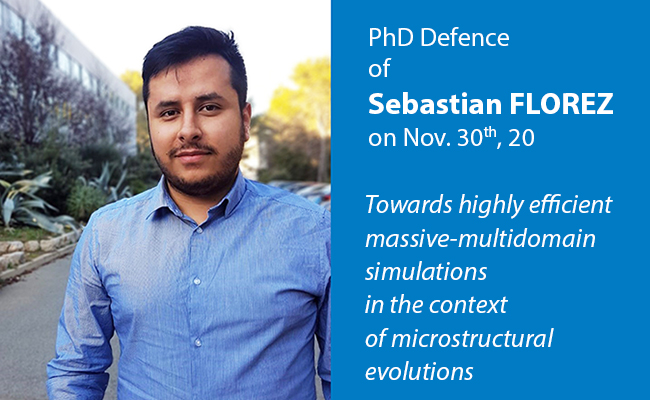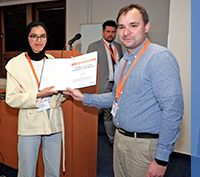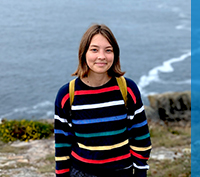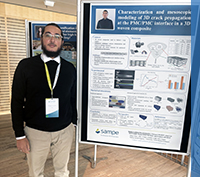PhD Defence of Sebastian Florez
30 November 2020
Sebastian Florez defends his PhD in Numerical Mechanics and Materials on Nov. 30th, 2020.
"Towards highly efficient massive-multidomain simulations in the context of microstructural evolutions"

Sebastian Florez conducted his PhD work in MSR team, under the supervision of Marc Bernacki. He defends his work in front of the following jury:
– Pr. Julien BRUCHON (Ecole Nat. Sup. des Mines de St Etienne-Centre Sciences des Mat. et des Struc./Dept Méca. et Procédés d'Elaboration, St Etienne)
– Pr.O. Jean-François REMACLE (Ecole Polytechnique de Louvain, Louvain-la-Neuve, Belgique)
– M.A. Modesar SHAKOOR (Inst. Mines-Telecom, Lille Douai, Douai)
– C.R. Hugues DIGONNET (Inst. de calcul Intensif-Ecole Centrale de Nantes, Nantes)
– Assoc. Prof.Luis BARRALES-MORA (George W. Woodruff School of Mech.Eng. Georgia Tech Lorraine, Metz)
– I.R. Joëlle DEMURGER (ASCOMETAL France Holding SAS-CREAS, Hagondange)
– I.R. Pascal DE MICHELI (Transvalor SA, Biot)
– I.R. Thomas TOULORGE (CENAERO, Gosselies, Belgique)
Abstract of his work:
Strategic industries make extensive use of metallic materials. Today, there is a strong demand from these industries to predict, during hot metal forming processes, the microstructural evolutions of these materials, which are of prime importance concerning their final in-use properties.
In this context of massive multi-domain problems, numerous full-field approaches that describe grain boundary (GB) network motion at the mesoscopic scale have been developed for forty years. When very large deformations are investigated, as in the context of realistic industrial thermomechanical treatments, the level-set (LS) approach in the context of finite element (FE) formulations and meshing/remeshing algorithms remains the most powerful and versatile numerical tool.
Even if recent improvements were realized (context of DIGIMU software), the main weakness of this approach remains its numerical cost, which limits the number of grains considered (small representative volume elements) and still implies long calculation times, especially in 3D.
In these works, the performance of FE-LS models is studied and a new method denominated ToRealMotion, capable to perform 2D massive multi-domain simulations is introduced. This new method, belonging to the family of front-tracking methods, includes various innovations and has been parallelized. Geometrical properties used in the kinetics are only computed at the interfaces, and GBs migration is defined thanks to a Lagrangian scheme, keeping a FE discretization of the bulk of the grains through the concept of body-fitted unstructured FE meshes. This aspect allows for higher adaptability than traditional Front-Tracking models. Of course, one of the main ambitions of this new approach is the improvement of the computational performance when simulating evolving microstructures, while keeping the precision and versatility of the FE-LS approach. As such, 2D numerical cases in the context of grain growth (GG) and recrystallization (ReX) are provided to prove the efficiency of this new approach. These results show impressive reductions in the computational costs and offer promising perspectives on the modeling of massive multi-domain simulations in terms of numerical performance and precision in the modeling of numerous solid-state phenomena.
Keywords: Finite Elements, Lagrangian Models, Body-Fitted Mesh, Level-set, Multidomain simulations.









